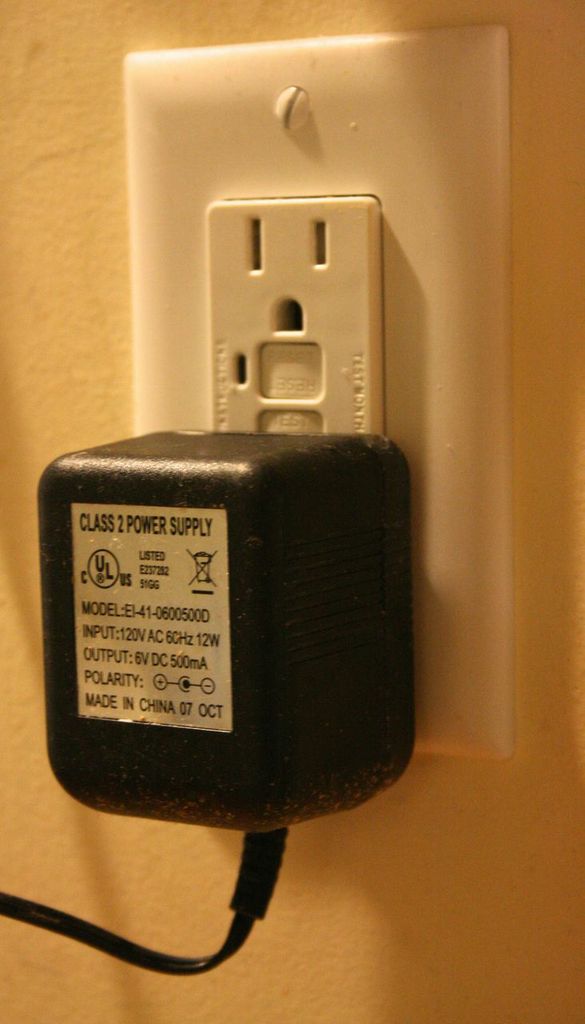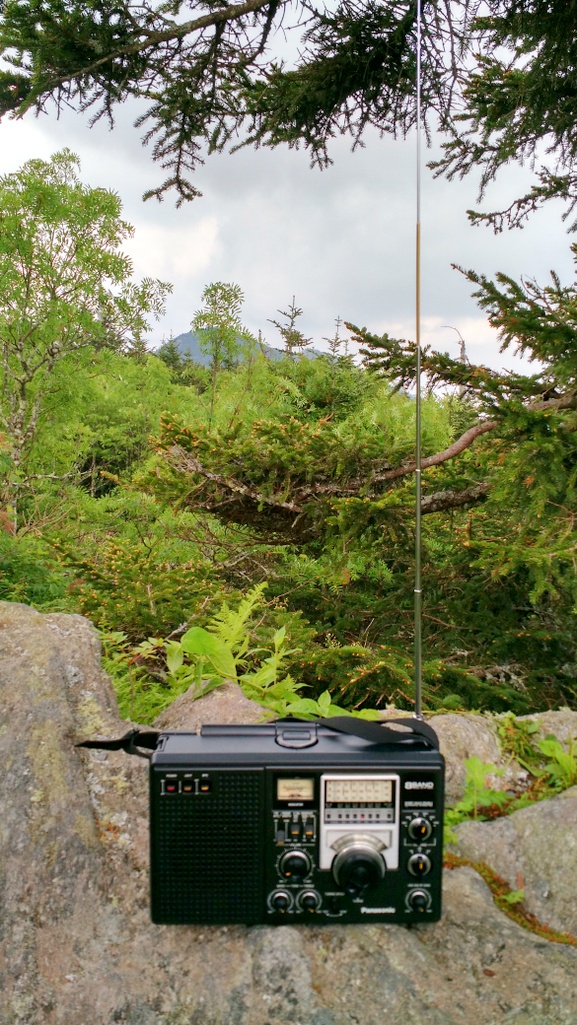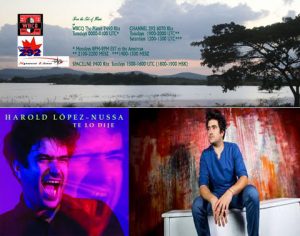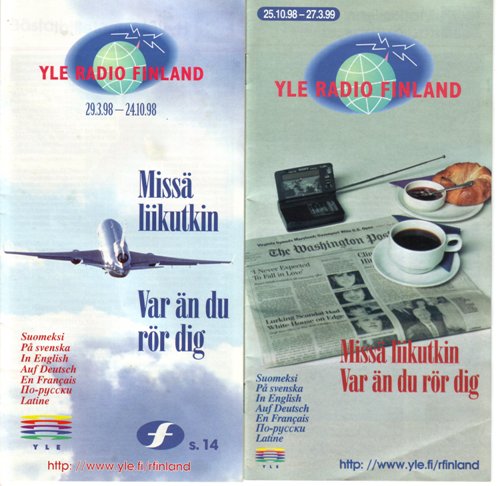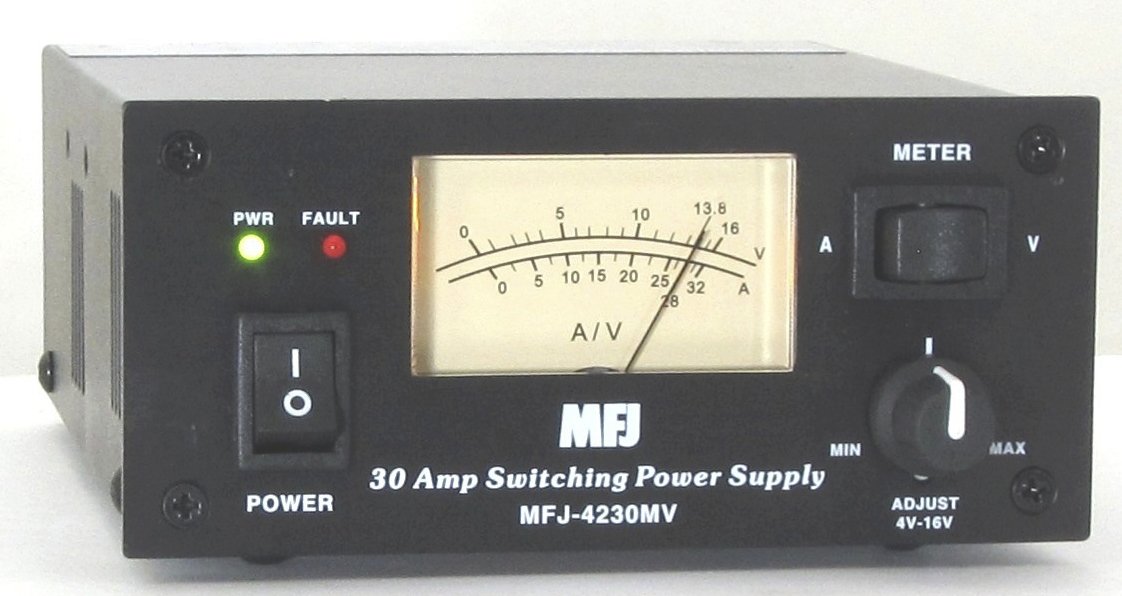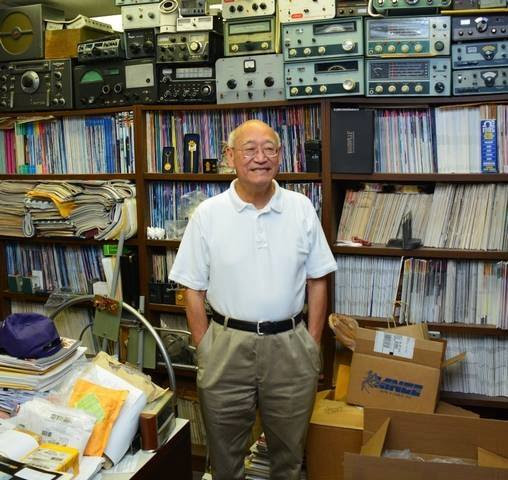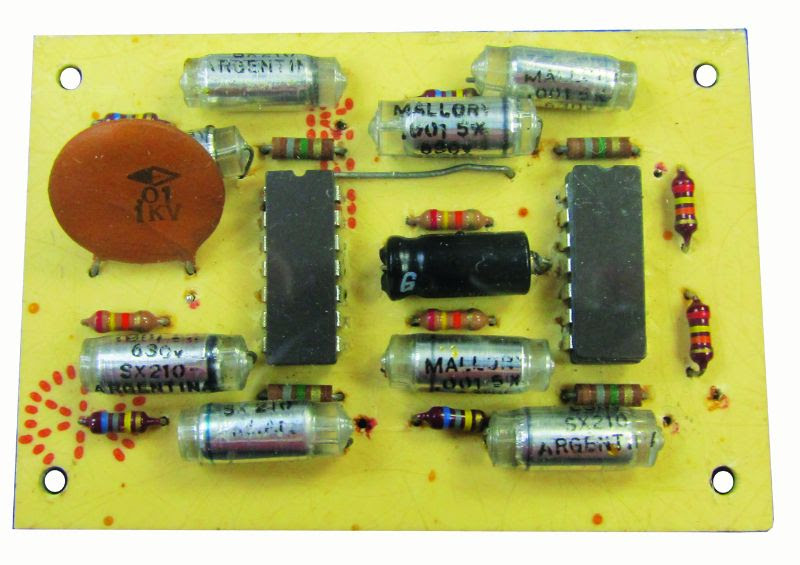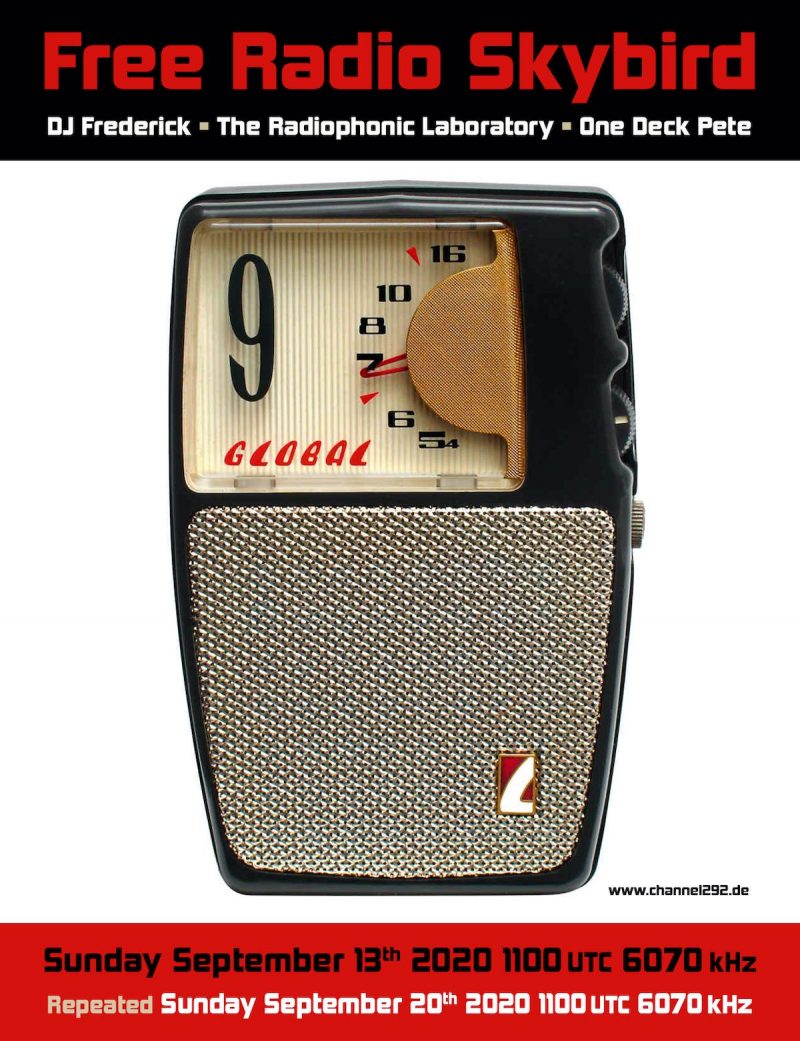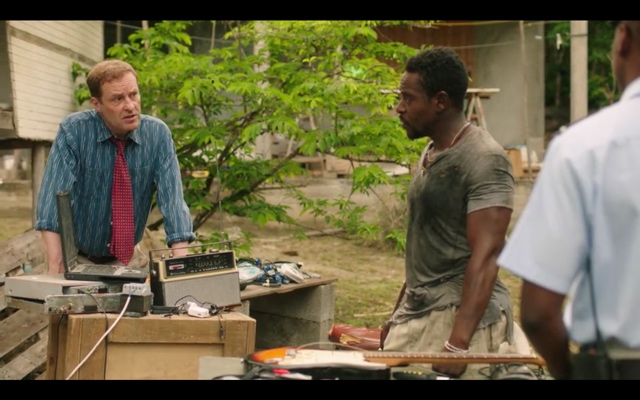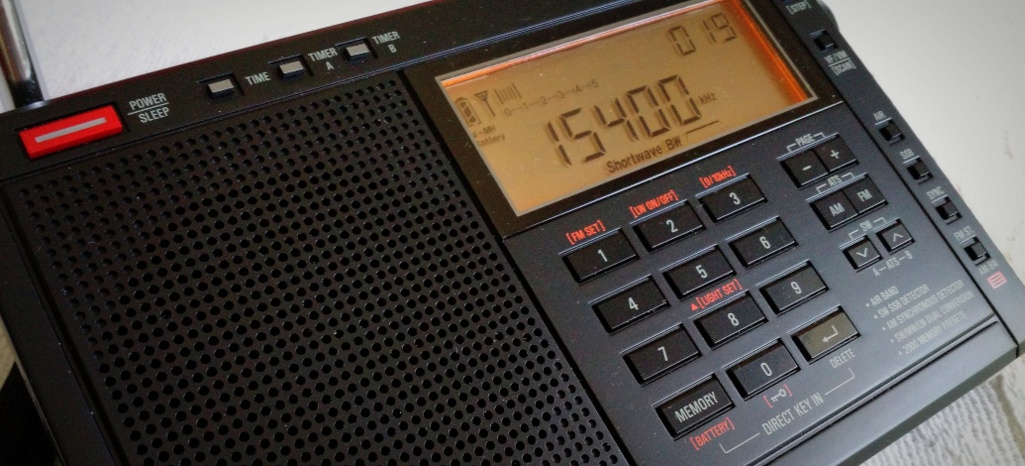 This morning, I received a question from Andrew, an SWLing Post reader in the UK. Andrew writes:
This morning, I received a question from Andrew, an SWLing Post reader in the UK. Andrew writes:
May I ask a question please? I am very much a newbie to this. I am not really interested in FM, but I would like to listen to international stations on SW, utilities stations, amateur broadcasts and if possible, local airports, aircraft on air band.
I have just purchased a Tecsun PL-680 and have tried it inside my home with the telescopic and wire aerial that came with it, plugged into the antenna port and clipped to a point near the ceiling. All inside the house and the wire aerial did improve the reception, but I get hardly and channels either during the day or night.
Grateful for your detailed advice on what I need to do exactly to improve the number of stations I can receive.
Kind regards
Andrew
Thank you for your question, Andrew, and I hope you don’t mind that I share it here on the SWLing Post as I receive this question so frequently from new shortwave radio enthusiasts.
Of course, a number of things could be affecting your shortwave radio reception and there is, of course, the possibility the receiver is faulty–however, this is very unlikely. Let’s talk about what is most likely the culprit:
Radio Frequency Interference (RFI)
RFI is quite often the elephant in the listening room. It’s not always immediately obvious–especially if you’re new to shortwave listening.
RFI (also known as QRM) is radio noise that is created locally and often concentrated in our homes and neighborhoods. RFI deafens our shortwave radios by overwhelming the receiver with strong spurious signals. Even if you can’t hear the noise, it could still be overwhelming your receiver from a different portion of the band.
RFI can emanate from most any modern electronic or digital device in your home: televisions, power supplies, dimmer switches, smart appliances, and even computer hard drives. Honestly, most any device could be the culprit.
RFI can also be caused by power line noises outdoors which have a much larger noise footprint and typically require intervention from your local utilities company/municipality.
In all likelihood, though, it’s a noise inside your home.
There’s a quick way to determine if RFI is the culprit:
Take your radio outdoors, away from the noise
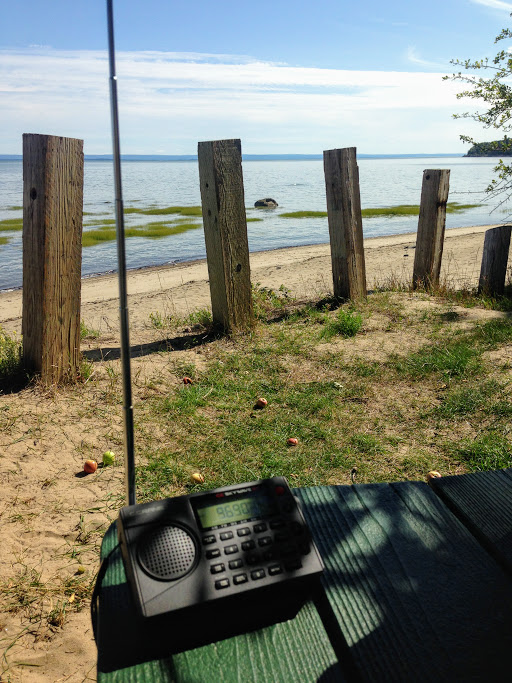 Depending on where you live, this might only require walking with your radio to the far end of your garden/yard, or it might require hopping in your car and visiting a local park. The idea is to find a spot far removed from houses and buildings, outdoor lighting, and even power lines if possible.
Depending on where you live, this might only require walking with your radio to the far end of your garden/yard, or it might require hopping in your car and visiting a local park. The idea is to find a spot far removed from houses and buildings, outdoor lighting, and even power lines if possible.
Once you find a listening spot, turn on your portable and tune through some of the popular shortwave radio bands.
If in the late afternoon or evening, I like tuning through either the 31 meter band (9,400–9,900 kHz), 41 meter band (7,200–7,450 kHz) and, if late evening, the 49 meter band (5,900–6,200 kHz). Jot down the frequencies where you hear stations and perhaps even make notes about the signal strength. Then go back home and see if you can receive as many stations. Shortwave stations change frequencies often, but if you listen from home at the same time the following evening, the radio landscape should be similar.
My guess is that you’ll hear many more stations in the field than you can from within your home.
Living with RFI
Sadly, RFI is just a fact of life in this century. It’s very hard to escape, especially for those of us living in dense urban areas. This is one of the reasons I’m such a big fan of taking radios to the field.
There are things you can do to improve reception and I would encourage you to read through this post from our archives (the first two points in the article directly address RFI). Do your best to track down sources of noise and eliminate them.
If you find that, even in the field, your shortwave receiver can’t receive stations with the antenna fully extended, then it may indeed be an issue with the radio itself and you might need to send it back to the manufacturer or retailer if it’s within the return window.
Post readers: If you have other suggestions, feel free to comment!
Do you enjoy the SWLing Post?
Please consider supporting us via Patreon or our Coffee Fund!
Your support makes articles like this one possible. Thank you!

